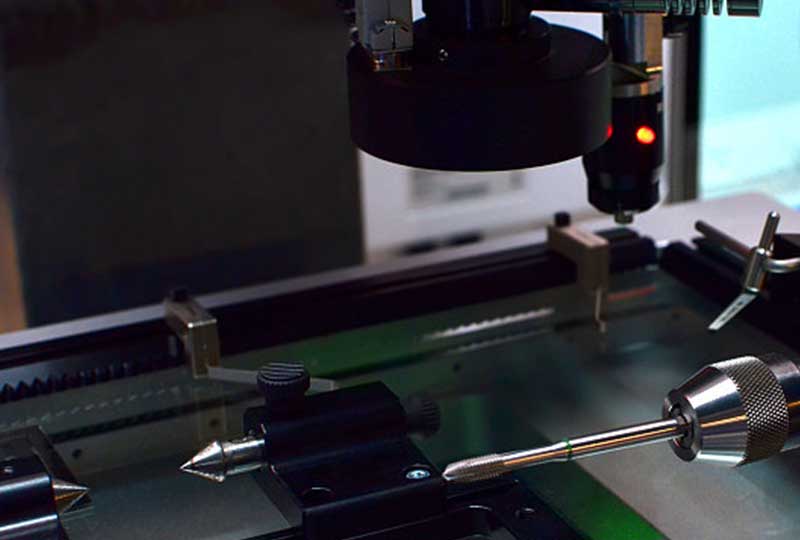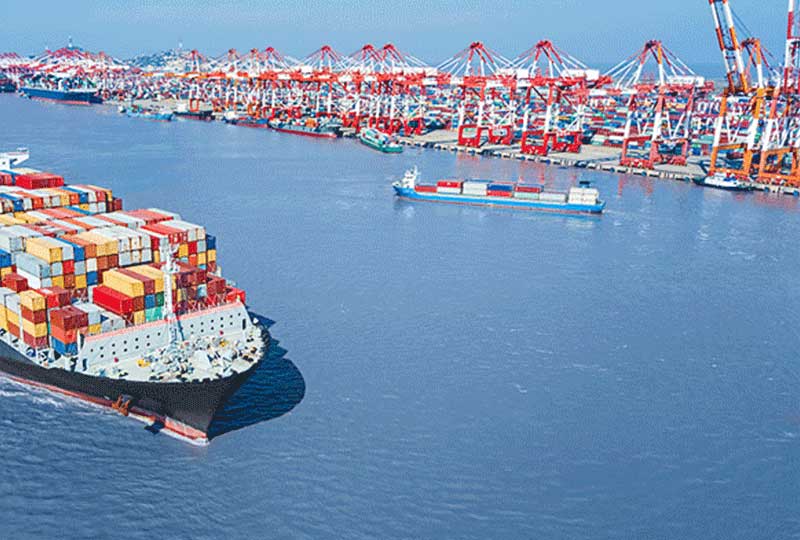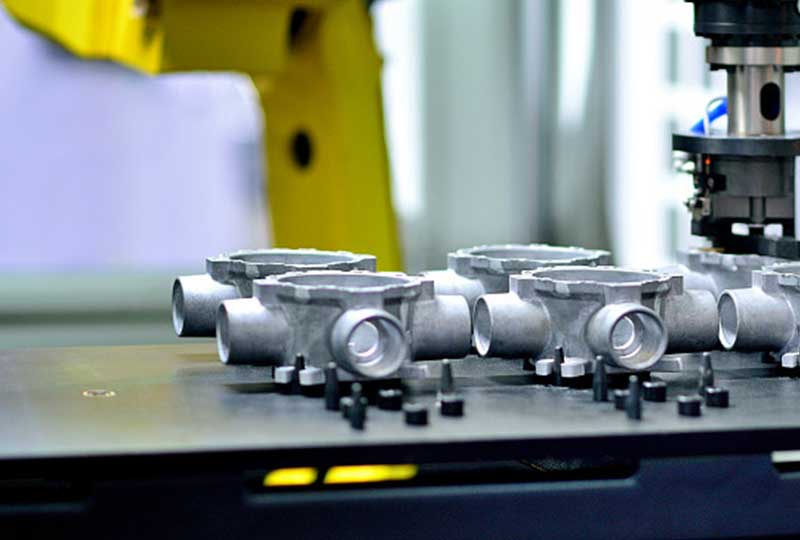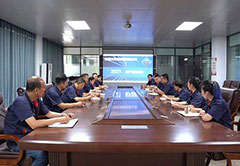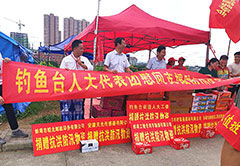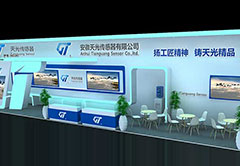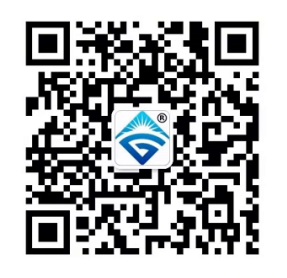

TP series semiconductor strain gauges are produced by international current technology, and their performance indexes are superior to domestic similar products. It has large gauge factor, small mechanical hysteresis, wide resistance range and small transverse effect.
Check out Tgloadcells for details on semiconductor strain gauge working principles and semiconductor strain gauge applications. Discover the advantages of using a semiconductor-type strain gauge in your measurements.
Load cell selection: Check the following information in turn to select a suitable load cell or provide detailed information required to design a custom load cell.
Maximum working load: Determine the maximum force that the load cell may receive in actual work and select the range of the load cell based on this;
Loading method: Determine the loading method of the sensor, compression, tension or compression and tension
Unit of measurement: Determine the unit of measurement for weighing, such as kg, N, t, lb, etc., in order to select and match the instrument.
Accuracy: The weighing system requires the accuracy of the load cell. The error calculation is usually the accuracy multiplied by the full range of the load cell.
Temperature: The working temperature of the load cell. If the working environment temperature changes greatly, the load cell needs to be temperature compensated, or the high temperature environment needs to be processed with high temperature.
Overload conditions: whether the load received by the sensor will exceed the maximum range, and how much it will affect our structural design of the load cell
Size requirements: Determine the size requirements of the installed equipment for the load cell.
Signal requirements: what kind of signal the receiving device needs to provide from the load cell: 1.mV signal 2. The converted standard analog signal, such as 4-20mA, 0-10V, etc. 3. Digital signal: RS232 or RS 485, etc., 4. Wireless transmission
Material requirements: Some environments have requirements for the sensor material, such as the use of stainless steel in a corrosive environment to make the load cell
Certification: Determine the identification certificate or qualification certificate required for the load cell
Protection level: determine the waterproof and dustproof level required by the load cell
Characteristics and Temperature Error of Semiconductor Strain Gauge

86-552-4923688
No. 118, Jiahe Road, High-Tech Zone, Bengbu, Anhui, China
 English
English 日本語
日本語 한국어
한국어 français
français Deutsch
Deutsch Español
Español italiano
italiano português
português العربية
العربية tiếng việt
tiếng việt ไทย
ไทย